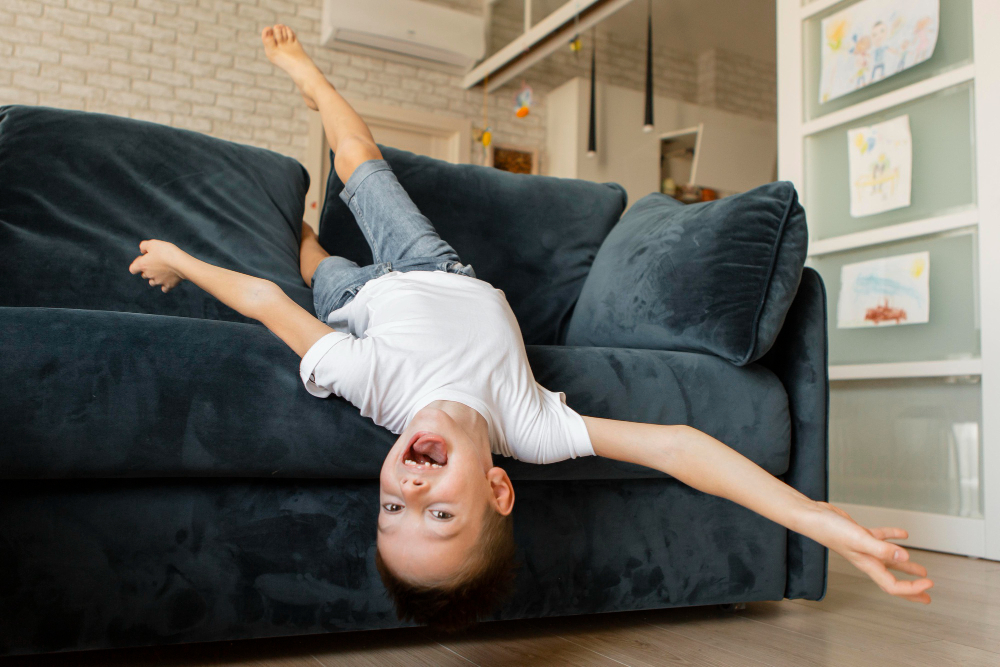Let’s get this out of the way: we hate IEP goals !!!! If you’re a parent who hears the phrase “IEP goals” and feels your stomach drop, you’re not alone. Most of us have seen goals that are vague, punitive, performative, or downright absurd. Goals that don’t reflect our children. Goals that seem more concerned with compliance than with care. Goals that could be replaced with one chilling line: “Will stop being autistic at school.”
We hate goals. We wish they could suck eggs and die. We wish inclusion wasn’t something we had to plead for in bullet-pointed language. We wish the system didn’t make support conditional on a child performing progress, year after year, in ways that are both developmentally unrealistic and philosophically cruel.
But here we are.
Because the system demands goals. Because funding is tied to documentation. Because if we don’t show up with language that matches the bureaucracy, our kids will be left behind.
So we write goals. But we do it on our terms.
What a neurodiversity-affirming goal sounds like
A good goal isn’t about changing who your child is. It’s about supporting your child in ways that reduce distress and increase access. It describes what adults will do, what the environment will provide, and how success will be defined through regulation, participation, and connection—not just performance.
We want goals that are:
- Rooted in access, not control
- Measurable in terms of support provided, not behaviours suppressed
- Flexible, individualized, and humane
- Grounded in your child’s strengths, needs, and communication style
Here are a few starting places.
🧠 Self-regulation and emotional safety
- Will have access to a low-stimulation space and self-regulation tools during times of overwhelm, with support to use them proactively.
- Will be supported to recognize early signs of dysregulation using co-regulation cues and visual aids, with adult modelling.
- Will participate in identifying and accessing preferred calming strategies when upset, with a goal of co-creating a personal regulation plan.
- Will have adult assistance in debriefing incidents of distress using strengths-based, non-punitive language.
🗣 Communication and participation
- Will be offered multiple forms of communication (e.g. visual schedule, written check-ins, AAC, or voice-to-text) to support participation and reduce anxiety.
- Will be given time and space to communicate needs using preferred methods, without being required to speak or respond on demand.
- Will access class materials and instruction in a format that matches processing needs (e.g. written outline, visual preview, simplified instructions).
🪑 Classroom environment and sensory regulation
- Will access flexible seating, fidget tools, and movement breaks to support regulation and focus during instructional time.
- Will use noise-dampening tools or be offered quiet workspace alternatives when classroom sensory input becomes overwhelming.
- Will have predictable transition supports (e.g. timers, preview cards, staff prompts) to reduce stress around shifting activities or settings.
✍️ Academic engagement and executive functioning
- Will complete tasks in manageable chunks with visual checklists and consistent adult support to build confidence and reduce overwhelm.
- Will be offered choice in how to demonstrate learning (e.g. drawing, voice recording, typed response) to increase engagement and accessibility.
- Will receive adult coaching in how to plan and organize longer tasks, using tools such as graphic organizers or guided templates.
❤️ Social connection and relationships
- Will engage in relationship-building with staff through low-demand interactions and one-on-one time focused on shared interests.
- Will be supported to initiate or join peer activities at a level that feels safe and manageable, with adult facilitation as needed.
- Will have access to predictable, non-pressured ways to request alone time or opt out of social interactions when needed.
❌ What to avoid in goal language
If your IEP contains goals like these, consider reframing them:
- “Will sit still for…”
- “Will comply with adult requests…”
- “Will reduce/eliminate…”
- “Will tolerate transitions…”
- “Will raise hand before speaking…”
- “Will not engage in X behaviour…”
These aren’t goals. They’re demands. And they’re often impossible for a dysregulated or unsupported child to meet.
-
IEP goals that don’t mean ‘don’t be autistic’
Too many IEPs include goals like “will self-regulate” or “will self-advocate”—goals that sound supportive, but often mean “will not disrupt,” “will not need help,” or “will not act autistic at school.” This post explores how seemingly neutral language can become a tool for…
Make it yours
We know these suggestions won’t fit every child, every classroom, or every IEP. But we hope they give you a place to start. Use what works. Adapt what doesn’t. And remember: your child’s dignity is not up for negotiation.
The best IEPs are the ones that say: “This child is already enough. Let us build what they need to thrive.”








